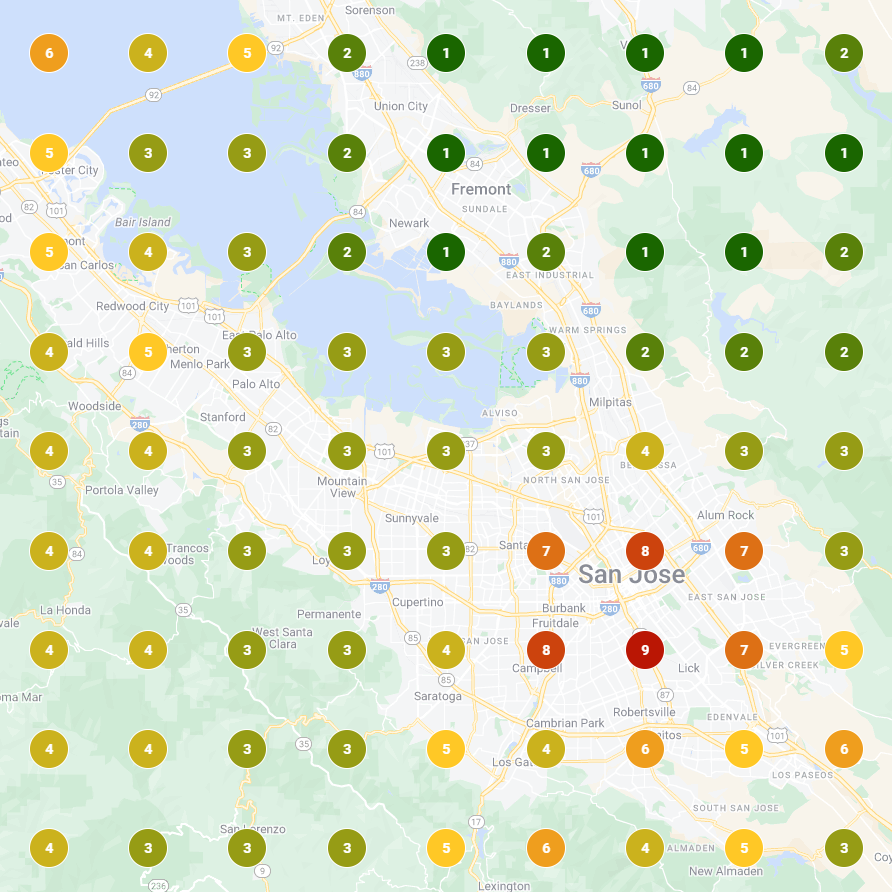
SEO For Paving Companies
A driveway or parking lot is an important part of a building; a solid SEO strategy should be an essential part of your marketing plan. A well designed and attractive website is vital to every business, your paving business is no different. To become a significant player in your city, your website needs to show up when potential clients are searching for companies like yours.
Do a little research, and you will find that most people only look at the top 5 spots in Google. Think about how you use Google. If the results are not what you are looking for, you rephrase your search. How often do you ever got to page two? There is a lot of research that proves this point.
What is SEO and how can SEO help my Paving Business?
Search engine optimization (SEO) — is the practice of increasing the visibility of a website for relevant search terms (keywords). The increase in visibility helps increase the quantity and quality of website traffic.
Search Terms — Search Terms or keywords are the target terms you would like for your site show up for in the search results. Example: You run a paving company in Miami, FL. Target keywords for your site would be “paving contractor in Miami” or “Parking lot paving Miami.”
SEO will help your website show up higher in the search engine results page (SERP). Multiple studies have shown the higher your website shows up on the first page of the SERPs (AKA: Google) the more exposure your company will have to people looking for paving services.
What is SEO and how can SEO help my Paving Business?
Search engine optimization (SEO) — is the practice of increasing the visibility of a website for relevant search terms (keywords). The increase in visibility helps increase the quantity and quality of website traffic.
Search Terms — Search Terms or keywords are the target terms you would like for your site show up for in the search results. Example: You run a paving company in Miami, FL. Target keywords for your site would be “paving contractor in Miami” or “Parking lot paving Miami.”
SEO will help your website show up higher in the search engine results page (SERP). Multiple studies have shown the higher your website shows up on the first page of the SERPs (AKA: Google) the more exposure your company will have to people looking for paving services.

Ready to Get Started? Call 720-476-2260 or
Schedule a Call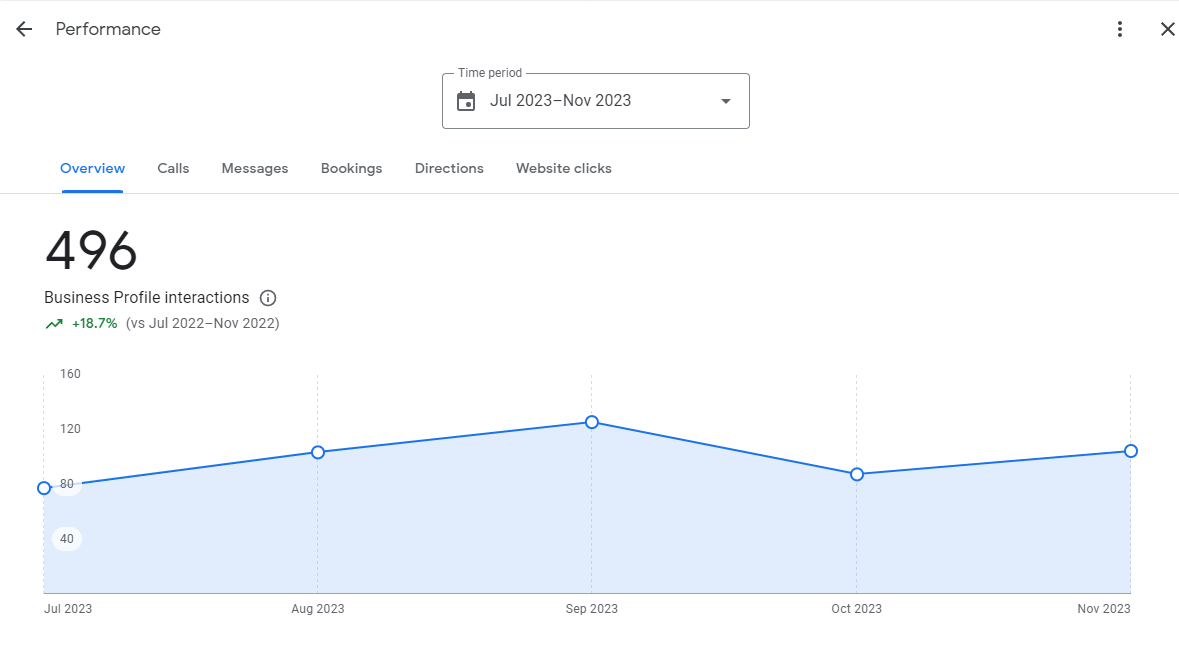
What ROI Should I Expect?
SEO is a long-term investment which pays dividends over time. Unlike Google Ads which has a semi-static price per lead, the cost per lead with SEO will decrease over time. As your website increase in the SERPs, the number of leads will increase. However, your SEO cost remains the same.
How Long Does SEO Take?
Unfortunately, it takes time to start seeing results with SEO. It can take several months before you start to significant results which create a positive ROI. Over time, you will begin to have more project inquiries and eventually hit a plateau.
Is SEO Right for My Paving Company?
SEO is not the silver bullet which will help a failing company. As mentioned before SEO takes time. SEO should be part of your overall marketing strategy, not your only marketing campaign.
If you can answer Yes to the following statements, then SEO most likely is a good fit.
- Are looking for residential, HOA, small to medium size property management paving jobs?
- Do you have solid sales and follow up process?
- Can you sell the value of your company even when faced pricing pressure?
- Do you have a marketing budget?
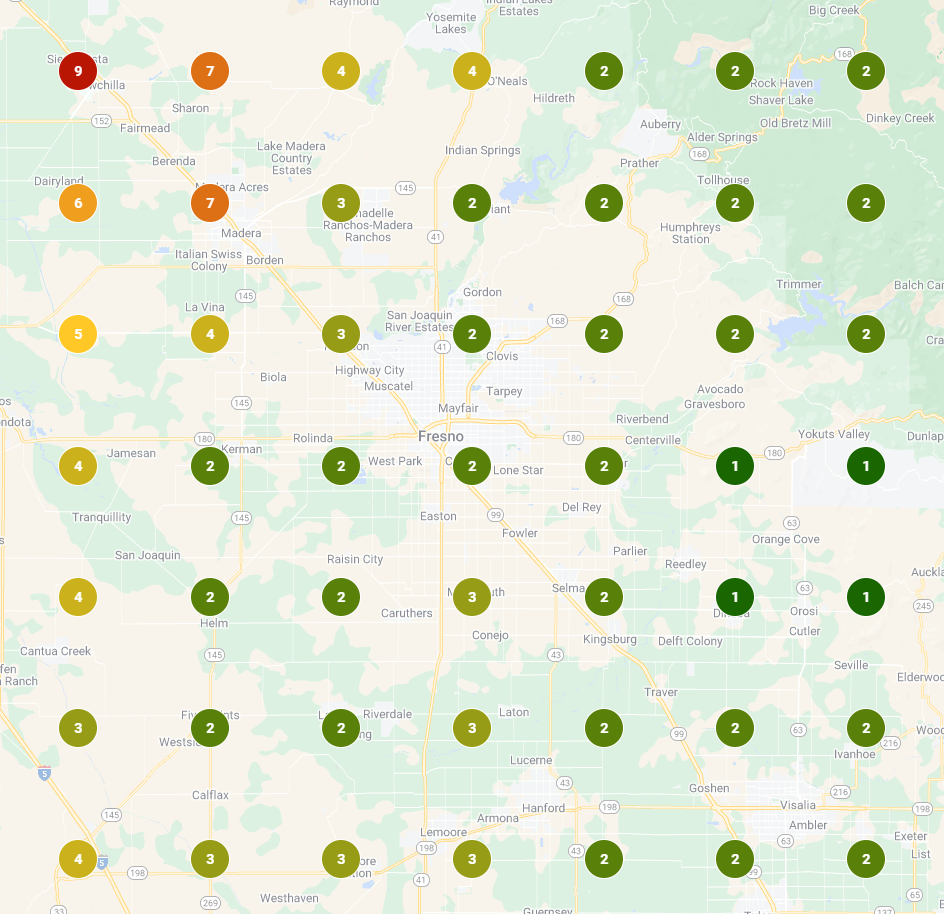
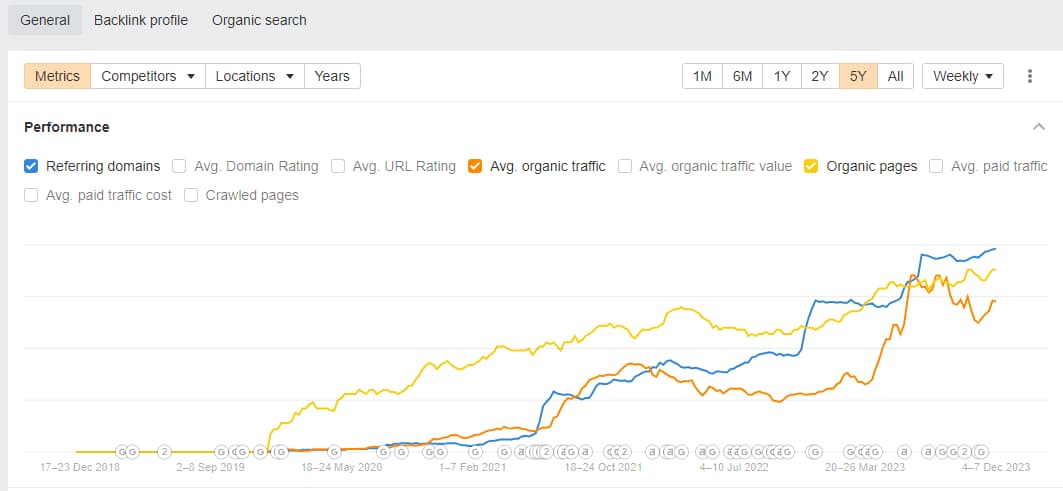
What can I Expect When Partnering With 28 Circles?
We start all campaigns with an onboarding/strategy meeting. During this meeting, we cover the baseline of your current website, and we work with you to set realistic expectations of the campaigns. We will also review a high-level game plan for the work we intend on completing and the time frame for the work.
We view all of our clients as partners. The more successful we help our partners become, the more successful we become.
Who We Work With





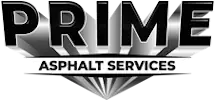
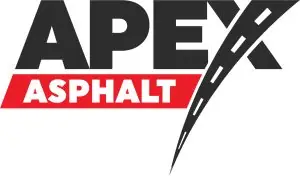
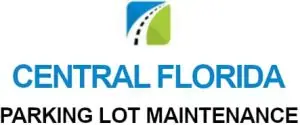

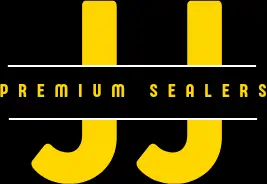



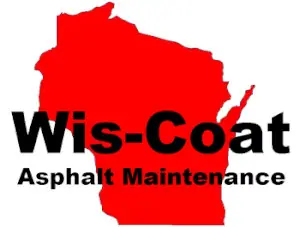


A Guide to SEO for Paving Companies
Have you ever wondered why your website doesn't show up on the first page of Google, but your competitors do? 10 years ago, when I stumbled into the Internet Marketing Industry, I really didn’t fully understand SEO. I’m going to do my best to explain in non-technical terms what SEO is and why your competitors show up on the first page of Google.
Understanding the different kinds of SEO
Like many professions, there are subsets to the profession. If you look at medical doctors there are countless specialists and internet marketing is no different. Basically there are 3 kinds of SEO and they are all targeting different kinds of traffic.
E-Commerce
These type of SEO focused on ranking a product higher than others. A good example is Bestbuy.com or Amazon.com. Both companies pour millions of dollars into SEO so when you search for "sealcoating squeegee" their site shows up first.
National SEO
This is where a company is trying to show up on a national level so regardless where someone searches from, their product or service is at the top of page 1. These are typically large companies with deep pockets. Examples of national SEO campaigns are cell phone providers, car manufacturers, consumer products which the manufacturer doesn’t sell directly to the consumer, such as home appliances.
Local SEO
Local SEO is focused on helping companies which sell or service a certain geographic area. Local SEO is what most paving and sealcoating companies will benefit from the most. Typically, local or regional companies are competing in this space. The search engines have done a good job understanding local intent searches. For example, if you search “St. Louis Paving Contractor” you will see multiple asphalt contractors, as well as, some of the larger review sites, such as Yelp Home Advisor
Millions of people of do local searches every day trying to find the best local business in their area. By working with us, you can help increase your chances of getting found by these potential customers.
Asphalt Contractor SEO is our specialty
Before we proceed forward, this section has some technical items, which isn’t meant to be intimidating but help educate you to have a better understanding of what SEO encompasses.
What does an SEO Expert do to my site to make it show up in Google?
Local SEO can be broken down into 3 sections: keyword research, on-page and off page. Every reputable SEO Firm will follow some sort of process which addresses these 3 aspects of local search.
Keyword Research for Local Search Intent
Keywords are the lifeblood for a local search campaign. A keyword is what someone types into a search engine. Keywords can either be short tail or long tail.
For example, if you landed on this page you most likely searched for something like paving company SEO . This term is a keyword we are targeting with this page. The above-mentioned keyword is an exact match keywords AKA: short tail keywords. These typically have the most monthly searches and are the hardest to rank for.
If you typed in “SEO for sealcoating contractors”, this is a long tail keyword. These keywords are typically easier to show up on page 1 of the SERPs, but they have a lower search volume.
On-Page SEO
On page is anything on your website. It is something you can change by logging into your website. Having a well-designed web site is just the starting point. There are many technical factors which need to be addressed to help search engines understand what your website is all about. Below are a few of the technical items we address:
Site Speed
A slow loading website is annoying to users and if a site takes more then 3 seconds to load, most users will hit the back button before your site loads. We spend days doing everything we can to make your site as fast as possible. Our target load is less than 1.5 seconds. Images will be optimized, HTML code will be trimmed down, caching and CSS and HTML compression is applied.
Mobile Friendly Page
Over 50% of searches are now conducted on a mobile phone or tablet. Not having a mobile optimized site alienates 50% of your potential customers. Basically every website builder creates mobile friendly/ responsive websites.
Title Tags and Heading Tags
A website is very similar to a high school textbook but more entertaining, at least we hope. All of your website pages make up the textbook. Each web page is a chapter and each chapter is broken down into sections.
At the very top of the page is the title. The title is arguably the most essential element on a web page. This is where your targeted short tail keyword is placed. An example title tag for a company in Denver would be: Paving Company | Denver | XYZ Asphalt Inc
After the title tag is the heading tags. Think of heading tags as the subsection. There are heading tags from 1-7. The smaller the number, the more important the term. An example of a Heading 1 (H1) on a driveway paving service page: Driveway Paving in Denver
Moving down the page you will see subheading, the subheadings are typically a question containing a long tail keyword. This helps the page show up in the search results for long tail keywords and drive more traffic.
Content for Paving Companies
While fancy graphics and images look nice, they can not rank a page alone. Search Engines understand the text on your website much better then they do your images. Content is what going to sell your prospective client about why they should choose your company.
Content should always be written for the user, but you may need to make minor tweaks here and there to help hammer home to search engines that your content is for a local business.
You want to answer every possible question someone might have about paving and sealcoating. Also, longer content lets you include more keywords, both short tail and longtail helping increase the value of each page on your website.
Your service pages (commercial paving, driveway paving etc) should target bottom of funnel users. These users looking for an estimate now. The potential customers are searching “city” paving company or paving company near me.
Blog posts are great for informational and top of funnel content. If possible, you will want to make the blog post specific to your service area. A good example of a local blog post: How much does it cost to pave a driveway in Denver?
Contact Information
It is silly to have to mention this, but your phone number should be prominently displayed at the top and bottom of every single one of your web pages. Additionally, since it’s a local business, you need to have an address in the footer. You also need a contact us page. This is a great place to embed a Google Map.
Additional Items
While the above is not everything, it’s the major areas of focus. Below are some other important on-page technical SEO items which need to be done.
- Implement Schema
- Test for 301, 404
- Set up HTTPS
- Add sitemaps
- Add Google Analytics
- Add site to Google Web Master Tools
- Add Site to Bing Web Master Tools
- Add meta descriptions
- Check for duplicate Title Tags, Heading 1 tags
- Set up Robots.text file
- Setup Breadcrumbs
- Evaluate Site navigation for user interface
- Privacy Policy is linked to on every page
- Facebook Open Graph tags work correctly
- Twitter Cards are set up and working correctly
- Images include relevant Alt attributes
- Evaluate current backlink profile
- URLs are search engine friendly
- And about 72 other things.
As you can see, there is a plethora of work which needs to be done just to make your site friendly to the search engines. Depending on how many pages your site has this can take as little as a day or up to a month.
Off Page SEO
Off Page SEO is a broad category of work done, not on your website which helps your business more visible to search engines. Off page SEO items help build trust and relevance about your company’s website. The more trust and relevance signals you throw at a search engine the higher you will rank in SERPs.
When it comes to local SEO and getting your business to show up higher, there are 3 major off-page items which will help increase your trust and relevance signals.
Google My Business
Google My Business is a listing service provided by Google. It's free to use and helps Google understand more about your website and your business. Over the years Google My Business has changed names (Google+) and changed what you can and can’t add.
It is imperative that your company has a Google My Business Account. Without an account, ranking in the 3 Pack is impossible. Also, a Google My Business account develops trust signals because your account has to be either phone verified or verified by a postcard Google mails to you.
Local Citation
A business citation is anywhere your company’s name, address, phone number and sometimes website are listed on a directory site. Example of a directory is yelp.com, YP.com, superpapages.com, manta.com etc.
Over time, Google has devalued the citations. Citations are still an essential part of SEO for paving companies, but instead of building 50+ citations, you only need to build 10 citations. When creating citations, you want to complete them as fully as possible, which includes adding unique photos and a unique business description. Also, you will want to look for any business directories specific to paving or your geographic service area.
Citations are typically free on most major citation sources. Because these websites have some sort of verification process they help build trust with the search engines.
Backlinks for Paving Contractors
In its simplest form, a backlink is a link from other sites to your website. These links can come from citations, a local newspaper, a blogger, or a local charity you sponsor. This is a backlink to google.com.
Let's look at what a backlink is and how it influences SERP results. A backlink is an endorsement from another website or a vote. However, not all endorsements or votes are equal. The more authority an endorser has, the more it's going to help your site rank.
For example, an endorsement (backlink) from whitehouse.gov is a strong endorsement for your website. Getting a link form your brothers-in-law’s blog about fly fishing which has 10 subscribers, not so much a strong backlink.
Also, the more relevance the source (of the backlink) has, the more it helps. A link from the Denver Post helps build relevance that you are a Denver based business. Likewise, a link from National Asphalt Paving Association is a good signal that your company works with asphalt in some form or fashion.
